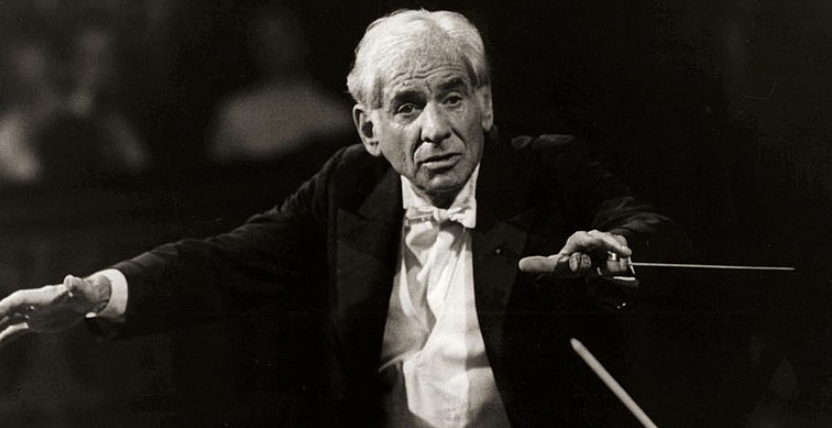
This holiday season, we’re surrounded by melodies. From centuries-old hymns to contemporary pop songs, there are melodies all around us that give us that “Christmas feeling.”
But what makes a melody…a melody? And what makes a melody memorable for generations and generations? Leonard Bernstein’s “Young People’s Concert: What is Melody?” offered a deep dive into the essence and structure of melodies in music. Bernstein’s expertise illuminated the often-overlooked intricacies of melody formation and perception, using well-chosen examples from classical music legends to educate and inspire his audience.
During the concert, Bernstein captivated his listeners by introducing the “1-2-3 method” of constructing melodies. This innovative approach involves presenting a musical phrase, slightly varying it, and then concluding with a unique or divergent segment. Bernstein likened this process to a three-part sequence seen in various aspects of life, emphasizing the significance of repetition and variation in crafting melodies that resonate and endure.
Bernstein’s goal in this concert was to expand the audience’s understanding of melody, moving beyond the traditional notion of a simple tune to encompass a wider range of musical elements and structures. His insightful discussions aimed to enhance the appreciation of melody’s complexities and the creative process involved in composing music that is both melodious and emotionally impactful.
The “Young People’s Concerts” series, pioneered by Bernstein and the New York Philharmonic, represented a groundbreaking initiative to introduce the beauty and intricacies of classical music to younger generations. These concerts broke down complex musical theories into accessible, engaging narratives. The episode on melody is particularly notable for its success in conveying the joy and sophistication of classical music to a diverse audience.




